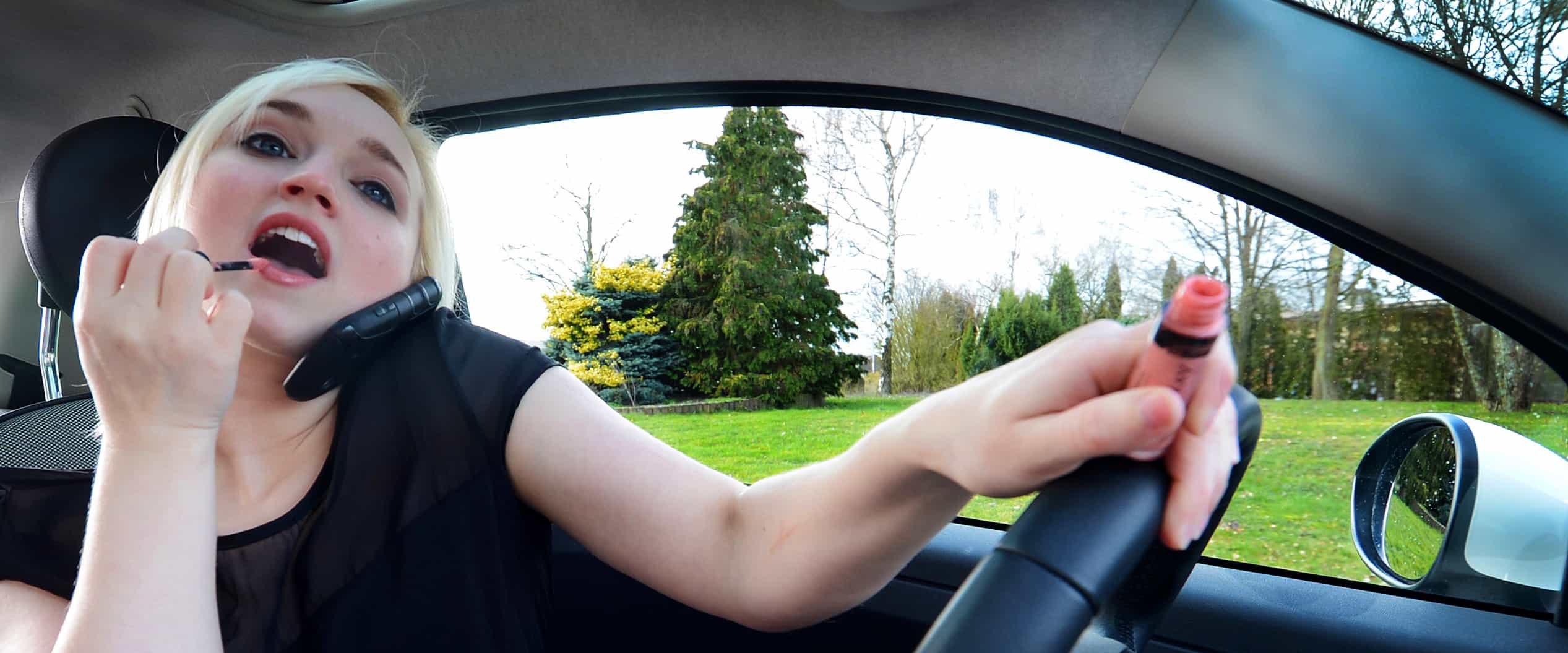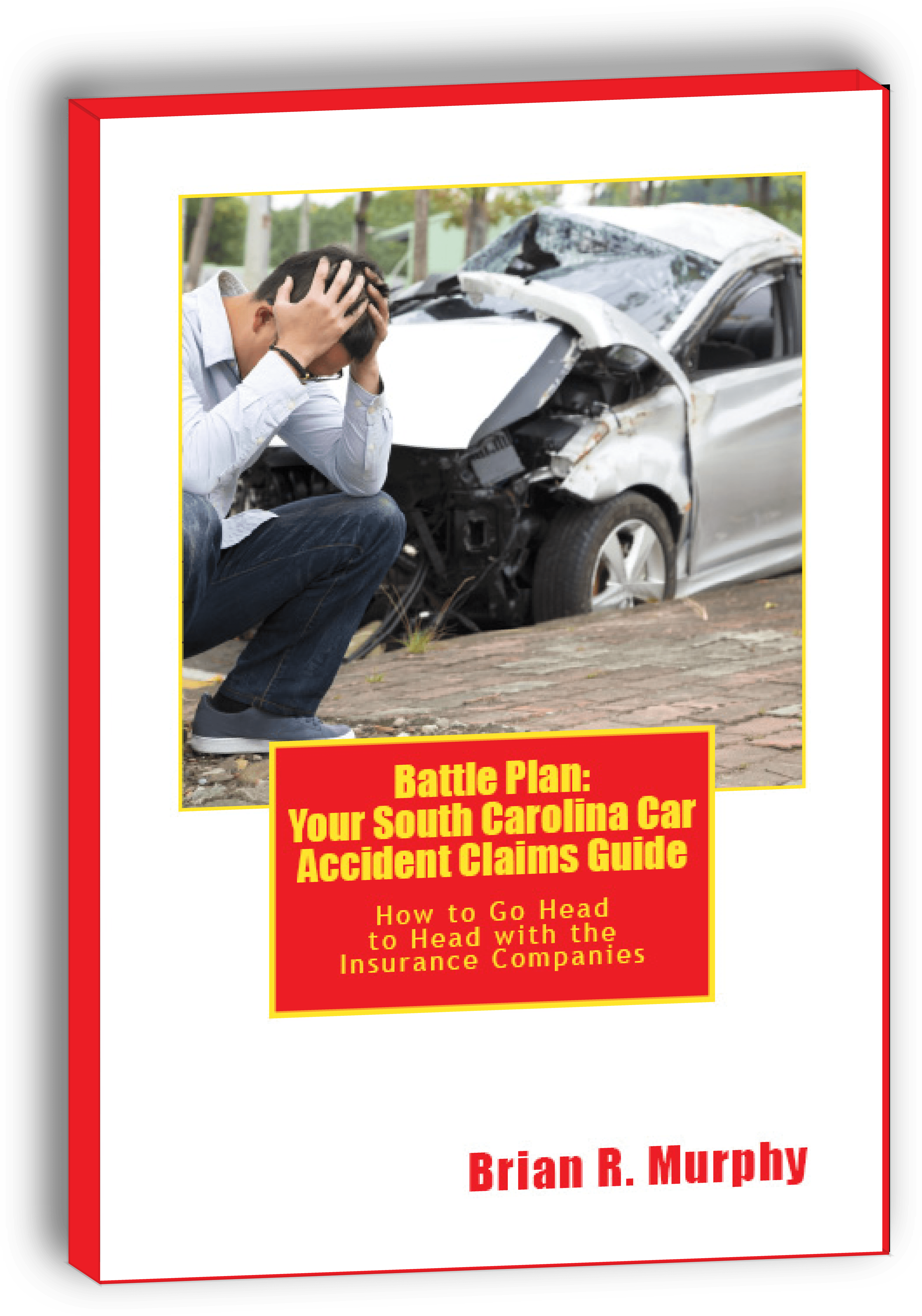Category Archives for "Blog"

Written By Frank Bentley

In South Carolina, it is illegal to text and drive. It is also illegal to drive while under the influence(DUI) of a substance. These two items are similar in that they both result in death and injury on our roadways. But they are extremely dissimilar in their punishments.
In South Carolina, if you are pulled over for texting the fine is $25 for one offense and $50 for every subsequent offense. That’s it. The consequence NEVER gets any worse than a $50 fine.
In South Carolina if you are pulled over for DUI there are lots repercussions:
1st Offense:
2nd Offense:
3rd Offense:
4th and subsequent Offense:
The blood-alcohol concentration (BAC) needed to be considered a DUI is 0.08% or higher, but that number goes to 0.02% if you are less than 21 years old. Basically we put a higher standard on those that we don’t believe should be drinking.
When I read these punishments I was amazed that we don’t classify these problems in the same way. Technology that allows for texting and driving has been around for much less time than drinking and driving has been, but if we are serious about changing the problem, maybe we should put some real penalties in place.
What do you think?
If you enjoyed this article please consider sharing it for your friends!

Written By Brian R. Murphy

We are continuing our message around distracted driving month. We thought that we would update an article I wrote in 2016 about distracted driving. Hopefully it helps shed some light on why this is such an important topic for our society!
Erica Forney was a 9 year old riding her bike around her neighborhood. She was killed by her neighbor who looked down at her cell phone. Here is Erica's story as told by her mother.
Casey Feldman was killed by a distracted driver as she was crossing the street in a crosswalk in Ocean City, New Jersey. Here is Casey's story as told by her friends and family.
John Sligting was killed by a teenage driver who was talking on her cell phone, rolled though a stop sign, and hit John's motorcycle. Here is John's story as told by his daughter.
Ashley Johnson was killed when she lost control of her vehicle, crossed the center line, and hit another car head-on. She was texting at the time of the crash. Here is Ashley's story as told by her father.
If you enjoyed this article please consider sharing it with your friends!

Written By Frank Bentley

This month at the Brian R Murphy Law Firm we have decided to discuss the growing epidemic of distracted driving. April is Distracted Driving Month. What better way to use our voice online than by painting a picture of where our society is when it comes to distracted drivers and their impact on all of us?
The question that came up in my research this month was “Can we really call distracted driving crashes ‘accidents’?” On the surface it seems like a simple question. If you are in a crash then it’s got to be an accident, right? What if that person purposefully stopped looking at the road and started to look at their phone? What if they were putting on makeup while going 80mph down the interstate? What if they were eating and barely holding on to the steering wheel?
The more I thought about this problem the more I realized that I don’t understand why this is even a question. In 2015, there were 101,000 more injuries caused by distracted driving vs. drunk driving. Now think a minute: If you were the cause of a wreck while using your cell phone and someone was hurt how would you think about yourself? How would your friends react? Would they even know you were on the phone when it happened? Now do the same questions, but this time instead of being distracted you were drunk.
In all states drunk driving will immediately land you in jail even if you didn’t hurt anyone. In almost no states are the same rules applied to distracted driving. You may get a ticket, and the civil case against you may be hard to win, but usually you are not going to jail. Is this right?
Our society makes lots of decisions on what can be legal and what can’t be, what constitutes a crime and what doesn’t, what is right and what is wrong. I guess the question we should all be asking ourselves is: If we are injuring people 100,000 instances more than drinking and driving, is that ok?
If you enjoyed this article please consider sharing it for your friends!

Written By Frank Bentley

So, the short answer to why I don’t park in accessible parking spaces is simple:
Because it’s the right thing to do.
The long answer is this:
Almost 30 years ago one of the most important civil rights laws was passed and signed into law. This law made it illegal to discriminate against people with disabilities. Now, I’m sure you are asking yourself “How does a parking space discriminate against someone?” While it may be different than the usual way we think about discrimination, the root of the problem comes down to segregation.
Most people will not think that giving certain people a “better” parking space has anything to do with segregation, but I would challenge you to think about inclusion. We as a society have the ability to choose who we include in our activities. I feel that people with disabilities have a hard time including themselves in public activities.
People with impairments can be challenged and intimidated by the simple acts of going to the mall for shopping or going to a sporting event for recreation. The Americans with Disabilities Act mandated that we include more people into our day to day lives. However, I see daily acts that violate the Americans with Disabilities Act that prohibit people from being included.
How many times have you witnessed people parking in the blue spot to run into a store, or quickly drop something off, or just because it was more convenient. The blue spaces are mandated so a conversion van has enough room to lower a ramp, so that someone who uses crutches is not totally worn out by the time they get to the front door, and to assist parents who are helping children learning to walk many years after they were supposed to.
In 2012 there were 647,000 people in the state of South Carolina with a disability. That’s almost 14% of the population. I’d challenge you to look around the stores you visit, the events you attend, and churches where you worship and consider if 1 out of 10 people with you have a disability. In my experience, people with disabilities love all those activities the same way you do, but it’s just too hard for them to get out and do these things.
As a result, I’m going to do anything I can to make life a little more inclusive. I hope you will too!
If you enjoyed this article please consider sharing it for your friends!

Welcome to our new blog. We will be adding content here very soon. Thanks for your patience!


When approaching a stop sign, South Carolina law requires drivers to stop before the crosswalk, stop bar, or the nearest point where you have a view of approaching traffic. (SC Code 56-5-2740).

Schools across South Carolina will begin their new year in the next couple of weeks. That means schools busses will be picking up and dropping off children before and after school. Here are six rules on when to stop and when to go when approaching a stopped school bus.

If you have been injured in a car accident, you need a Battle Plan.
For additional helpful articles and interesting information, get our newsletter.